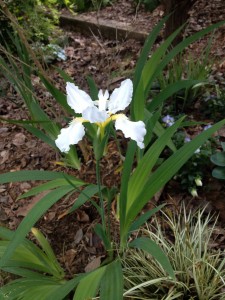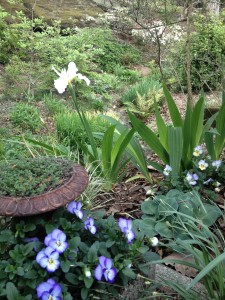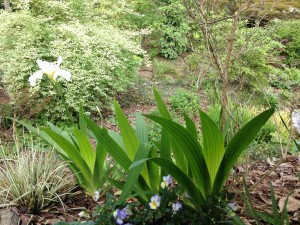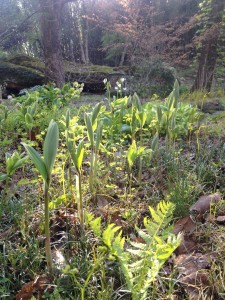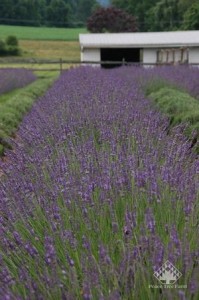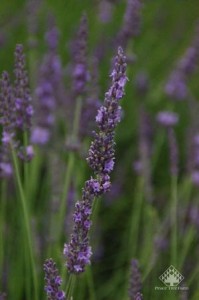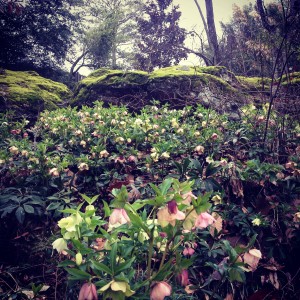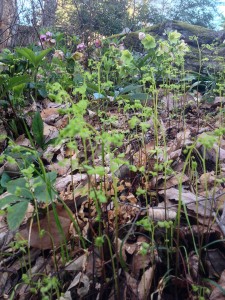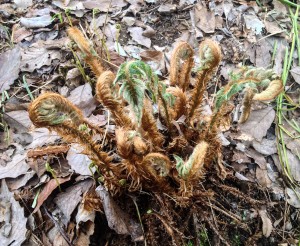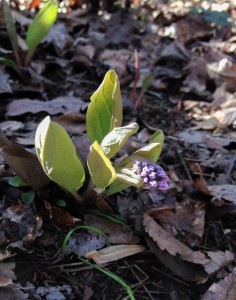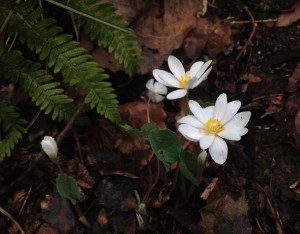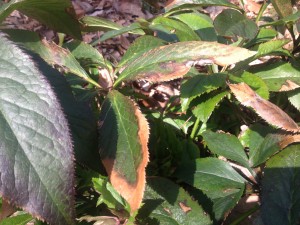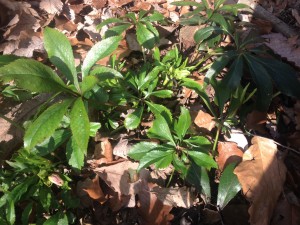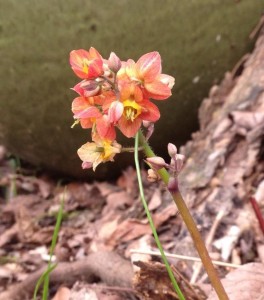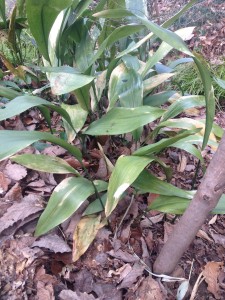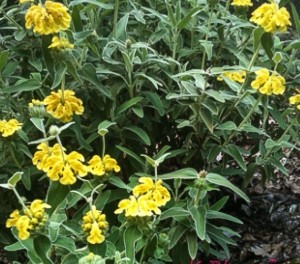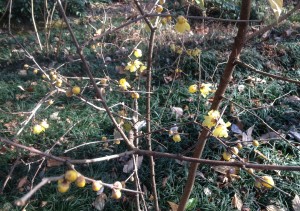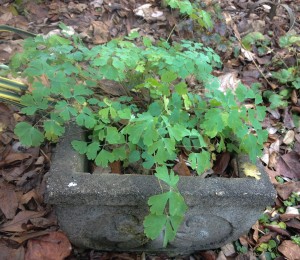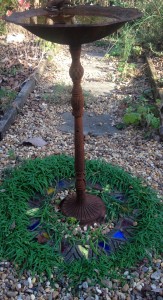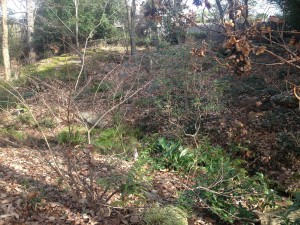
At first glance, it doesn’t look like much is going on…
The garden looked hunkered down and frozen the other day, and well it should, since 10 degrees was a mite chilly for Birmingham, Alabama.
While gardeners in northern climes take the winter off, perusing catalogues and dreaming of a new garden season still months away, usually we in the south, like it or not, don’t have any real down time. I seem to spend much of mine walking through the garden and simply observing and thinking about what needs doing, and, when the temperatures drop down below freezing, I’m more than happy to stay inside.

Mahonia ‘Charity’, adding it’s winter color…
For example, I’ve been thinking on and off for over a year now about moving one of the shrub roses from the front bed to the side of the driveway but haven’t quite gotten past the thinking stage yet. I’ve become much more relaxed about things; everything will get done in its own time. Don’t sweat the small stuff, right?
Here’s a bit from a post written last winter with some additional notes about what differences a year can make.
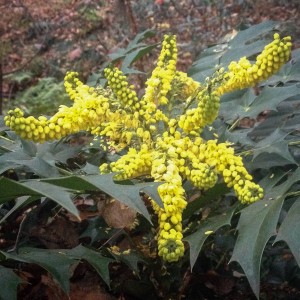
The mahonia, a year later, January, 2015
I see the Mahonia x media ‘Charity’ shrub that’s planted in a very shady spot is blooming. The birds love the blue/purple berries that follow the bright yellow flowers, and we don’t see the pretty fruit for long. I cut it back quite hard last spring because it was getting leggy. It’s fuller as a result this year, and next year will have even more blooms. (A note: This year, 2015, there are more blooms, and they’re bigger too!)

Chamaecyparis obtusa selections are wonderful for the south…
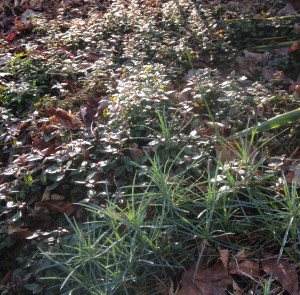
Groundcovers… Veronica ‘Georgia Blue’ and a dianthus…
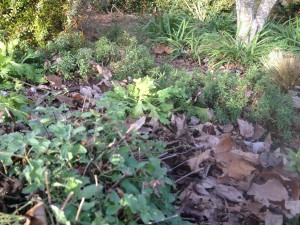
Candytuft, catmint, poppies…
Chamaecyparis obtusa ‘Golden Mop’ calls attention to itself out front with some yellow brightness of its own, anchoring the end of the front bed. It has loved this hot, sunny spot, and I appreciate being able to clip it for my holiday decorations. What a beautiful workhorse in the garden! I purchased it (and most of my shrubs and trees) in small pots and have let them grow into their spaces.
More subtle things are happening out front too. The early blooming evergreen groundcover Iberis, or candytuft, is showing its buds, and some are even opening. They evidently don’t look at a calendar or gardening book to tell them when they’re supposed to be blooming! (Update for 2015: definitely not as pretty as last year, but there’s still a smattering of bloom here and there.)
The veronica ‘Georgia Blue’, a white pass-along dianthus, and poppies seem happy, as does the catmint, ‘Walker’s Low’. The beautiful veronica will be covered with tiny blue flowers in late January into February, just as the poppies begin to fatten up and the violas begin to show more color. If you haven’t planted poppies, pansies, violas, the ‘Georgia Blue’ veronica or candytuft yet, it’s not too late to find a few spots for some. They’ll add some extra and welcome color in your yard this spring.
This bed will look much different in future weeks and months, but now, in the midst of winter, things are quiet…I must remember this is the season for patience.
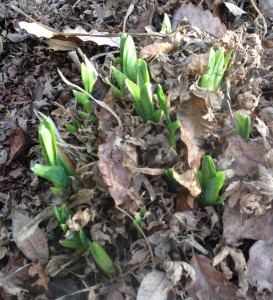
daylily foliage…
Some daylilys, though, are pushing out new green growth in this warm south facing bed; winter barely keeps them down. A large prostrate rosemary, another that loves this hot spot, is blooming pretty purply blue flowers that the bees adore. (This Rosemary really took a hit during the second snow event of 2014 – I ended up pulling it out early in the summer since it looked absolutely awful.)

Spiraea ‘Ogon’
My route has taken me again to the back, where the Spiraea ‘Ogon’ is holding on to its few remaining willowy leaves, and, looking closely, I can see all the little buds along the stem. These will result in pretty white blooms in beautiful contrast with chartreuse new growth this spring. (this year – no leaves, hoping it blooms as well as last year.)
I walk down another level and there’s one of many small Alabama crotons, looking a bit bedraggled, still with a few silver backed orange leaves. The crotons love this part of my garden – thankfully, since it’s on a rocky slope with great drainage that they prefer.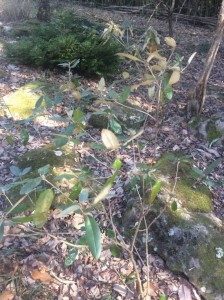
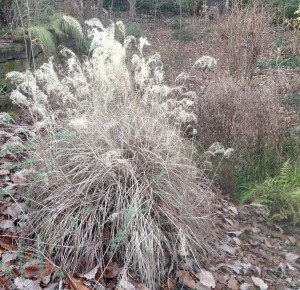
sun shining through a miscanthus…
Farther on, the plumes of a miscanthus show off in the afternoon light. This year, 2015, it looks so sad I won’t hesitate cutting it back next month. This will also keep all those seeds from wanting to sprout here and there. My Midwestern soul loves grasses… but not everywhere!
I notice this year that the pieris is fat and full of buds – the cold doesn’t seem to have affected it at all, at least I hope it hasn’t. It may be in a favorable microclimate – warmed by the rock outcrop just behind it, and the water below.

The Japanese pieris is full of buds…
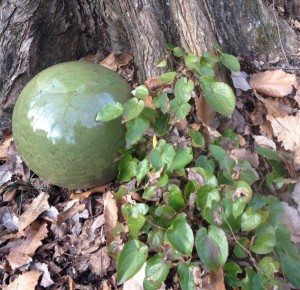
epimedium spreads slowly…
I make my way across the water and toward the rocks where an epimedium resides in the shelter and shade of a large elm.
I’ll be trimming it’s tattered winter foliage soon in anticipation of the dainty orange flowers that will appear early spring. There is no procrastinating with epimedium; if I wait too long to clean up those tattered leaves, I risk cutting the delicate stems the flowers arise on. These small lessons are often learned by doing the wrong thing at least once. I love all the different epimediums I’ve amassed over the years. They are slow growing, tough shade groundcovers – some evergreen, some not, and all very beautiful, even without flowers!
(Unfortunately the summer of 2014 a woodchuck created some serious mayhem in the garden, eating all the buds of the epimedium and the blue woodland phlox as well. It was so disappointing! I’m hoping this spring is better.)
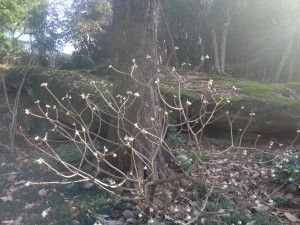
Edgeworthia chrysantha…
One shrub I never prune but let have it’s way, and that always blooms in the winter is the Edgeworthia chrysantha, or paper bush. I see the beautiful buds that have been getting larger all fall; soon they’ll begin to open and their incredible scent will fill the garden. It’s a true gem, holding interest in all the seasons, from it’s long lasting pretty buds to fragrant blooms, interesting bark, and big, bold leaves.

January, 2015
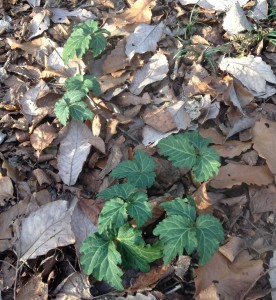
Native cardamine…
I need to end this post soon…Oh, but here, coming up through fallen leaves, is the Cardamine diphylla. I have this native in many spots under the shade of large trees. It will sport pretty white blooms on tall stems in late spring, but it’s the winter when the foliage is at it’s prettiest. By summer it will have retreated below ground once again. This winter it’s spread even more, and the pretty green foliage really stands out against the brown leaves beneath it.

Carex ‘Evergold’

Parney’s clusterberry cotoneaster…the cedar wax wings will devour these berries in another few weeks!
Carex is another favorite, and here is Carex ‘Evergold’, spilling from a planter. Look how bright is is in the shade of a Cotoneaster lacteus – ‘Parney’s Clusterberry.
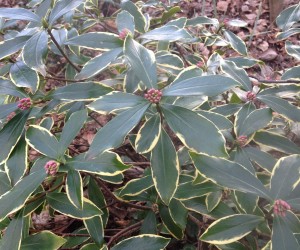
Oh so fragrant…daphne odora
Finally, the daphne odora’s pink buds are getting larger, and soon they’ll open, adding their incredible scent to the whole back garden. This is one that I leave well alone – it needs perfect drainage, and on this slope it seems to be happy. Too much coddling and they are prone to up and dying. So far I’ve been lucky with this one.
The light is beginning to fade and there’s a definite chill in the air; it’s time to go in. There will certainly be more ups and downs with our weather this winter – that’s a given. Finally, though, temperatures will gradually begin to rise as we make our way toward spring, and each day there will be more to see. I’m ready.
 Spring is for planting in the garden and in pots. Flowers, herbs, perennials, shrubs, and vegetables are all players in the annual game of “What will grow in this spot?” or “What can I plant in this pot?”.
Spring is for planting in the garden and in pots. Flowers, herbs, perennials, shrubs, and vegetables are all players in the annual game of “What will grow in this spot?” or “What can I plant in this pot?”.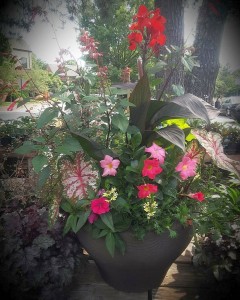
 Many of them come to see the planters we’ve put together, getting ideas for extra pots or to make note of a different combination of plants they might not have thought of.
Many of them come to see the planters we’ve put together, getting ideas for extra pots or to make note of a different combination of plants they might not have thought of.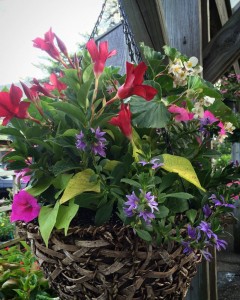
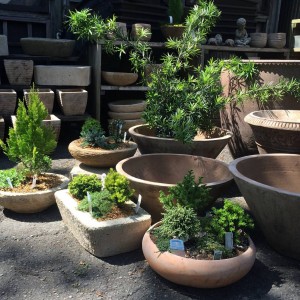

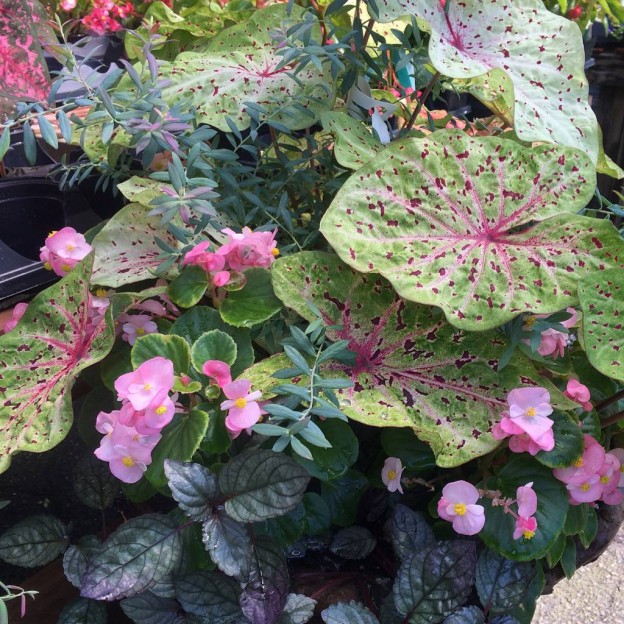
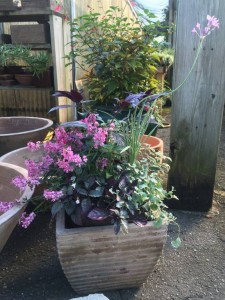
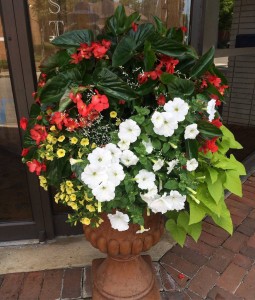
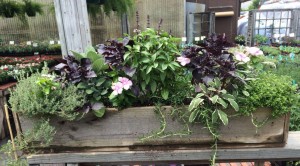
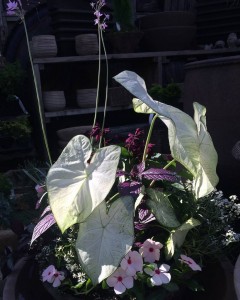
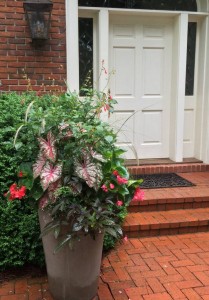
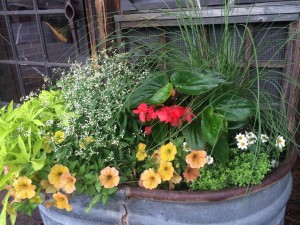
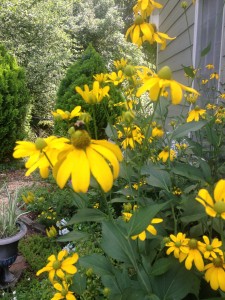

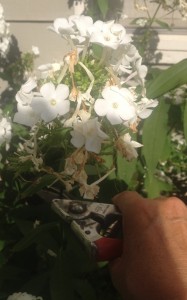
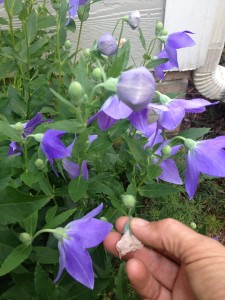
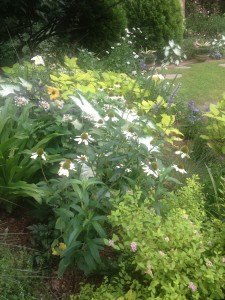

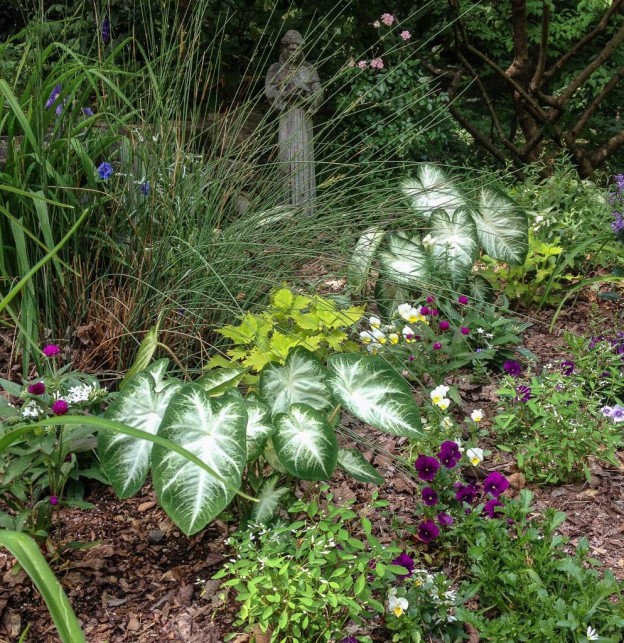
 I read a piece that Tony Avent of Plant Delights Nursery wrote a few years ago about some people being “controlling” gardeners while others are “gambling” gardeners. I really thought it was spot on, and I can say I’ve worked with both types.
I read a piece that Tony Avent of Plant Delights Nursery wrote a few years ago about some people being “controlling” gardeners while others are “gambling” gardeners. I really thought it was spot on, and I can say I’ve worked with both types.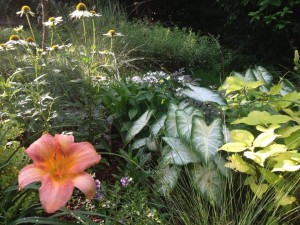
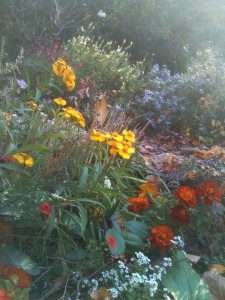 With the beginning of a new planting season, my personal outlook is going to be that of looking on my gardening efforts as a joy and an opportunity to not only beautify my landscape and surroundings but to nourish my soul as well; and, if there are failures, that will be part and parcel of the process. Some of my best plant combinations have been happy accidents!
With the beginning of a new planting season, my personal outlook is going to be that of looking on my gardening efforts as a joy and an opportunity to not only beautify my landscape and surroundings but to nourish my soul as well; and, if there are failures, that will be part and parcel of the process. Some of my best plant combinations have been happy accidents!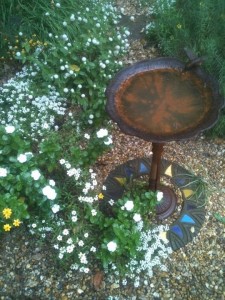 The pictures here are of my garden – plants are allowed to self seed, failures are yanked out, and plants that strike my fancy are tucked in here and there where I think they might look good. It wouldn’t make anyone’s list of a perfectly designed space, but it’s mine and that’s how you should treat yours too.
The pictures here are of my garden – plants are allowed to self seed, failures are yanked out, and plants that strike my fancy are tucked in here and there where I think they might look good. It wouldn’t make anyone’s list of a perfectly designed space, but it’s mine and that’s how you should treat yours too.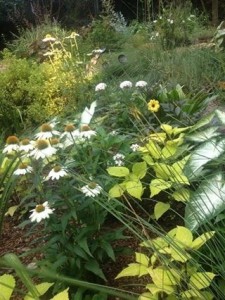 My ultimate hope is that many of you adopt the gambler attitude. It doesn’t have to be the high roller, high stakes approach, but try to roll with the plant punches, knowing they’ll come, and treat your gardening efforts as what they should be – a relaxing, and therapeutic addition to your daily schedule rather than a chore that’s only done on the weekends.
My ultimate hope is that many of you adopt the gambler attitude. It doesn’t have to be the high roller, high stakes approach, but try to roll with the plant punches, knowing they’ll come, and treat your gardening efforts as what they should be – a relaxing, and therapeutic addition to your daily schedule rather than a chore that’s only done on the weekends.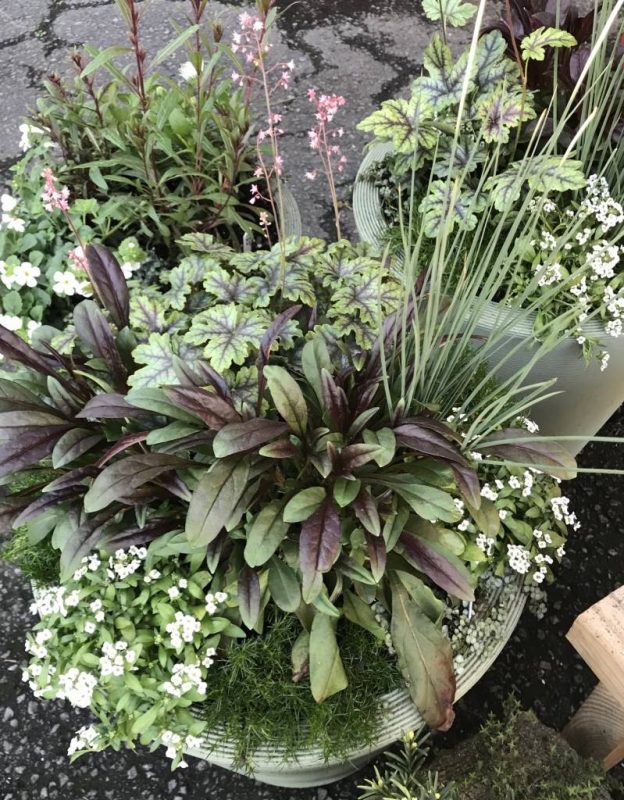
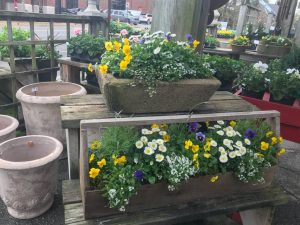
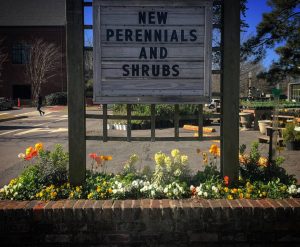
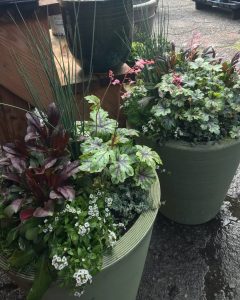
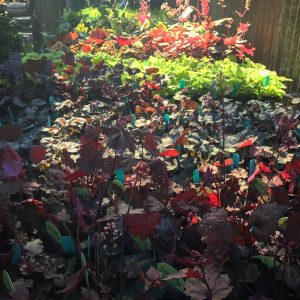
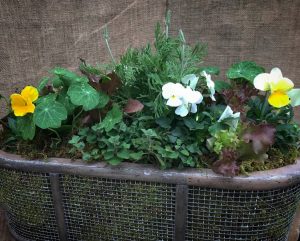
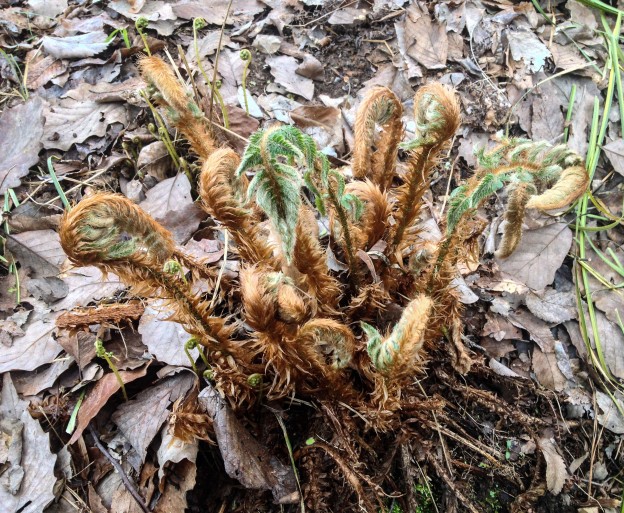
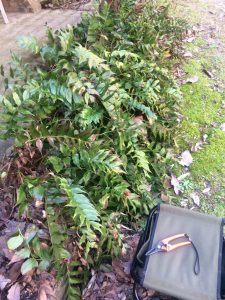
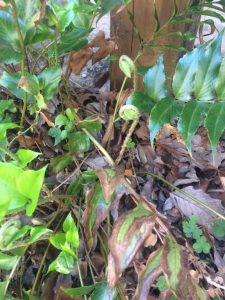
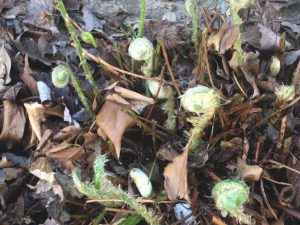

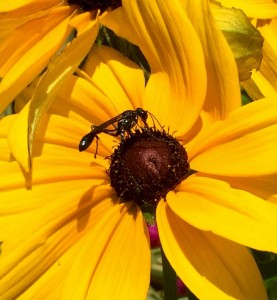
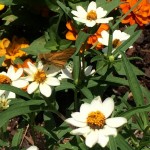
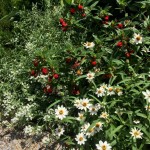

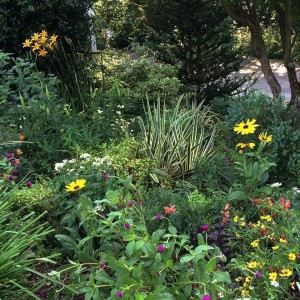
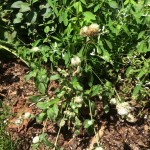
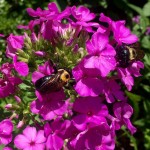
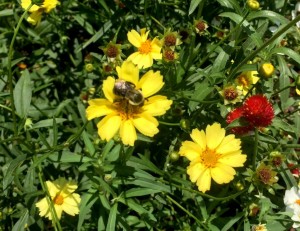
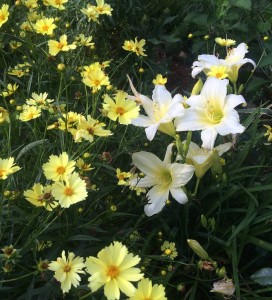
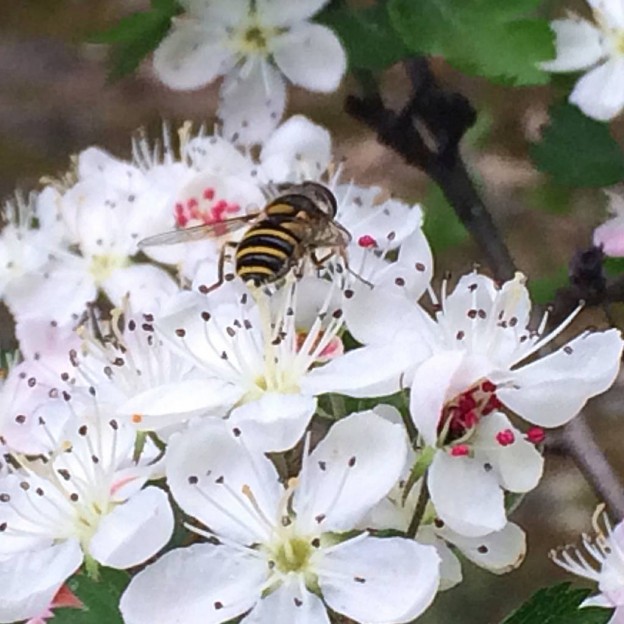
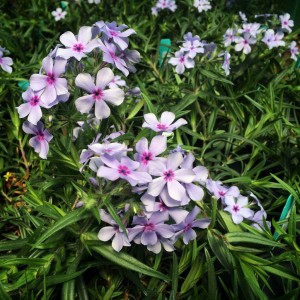
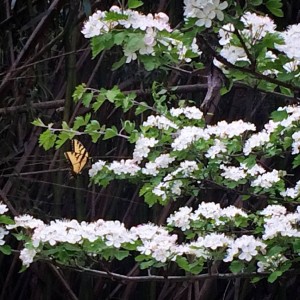

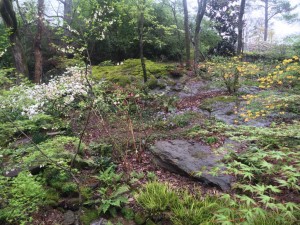
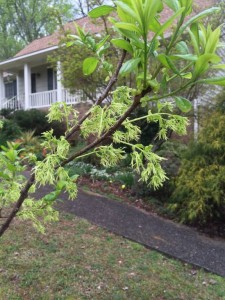
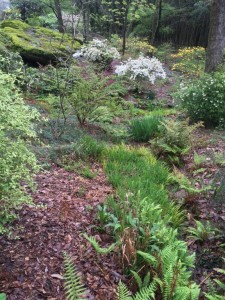
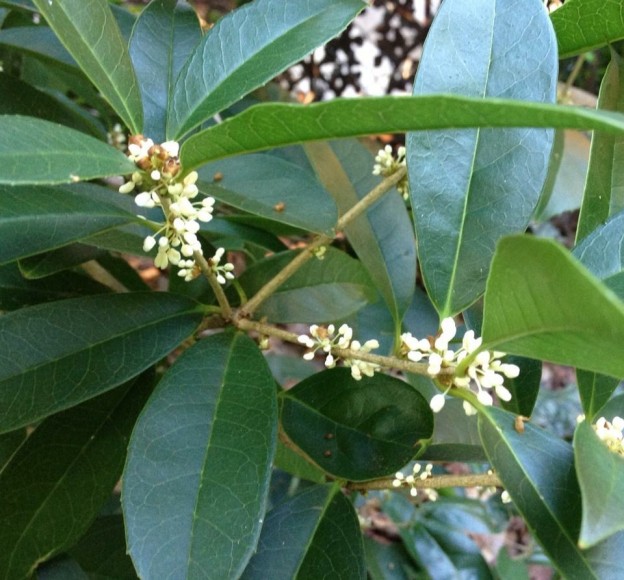
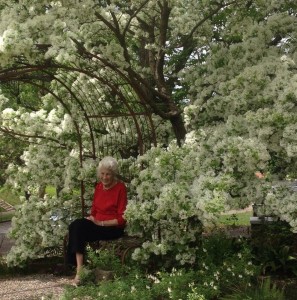
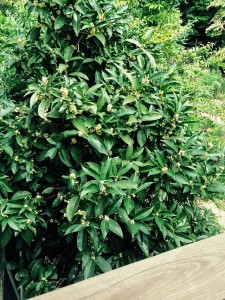
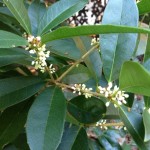
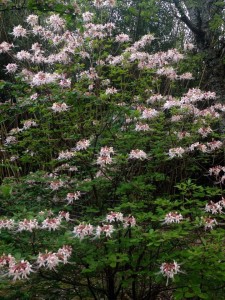
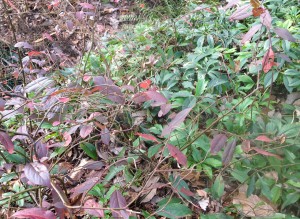
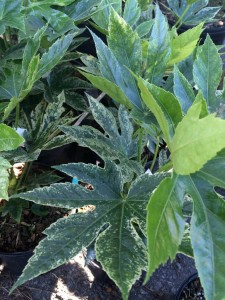
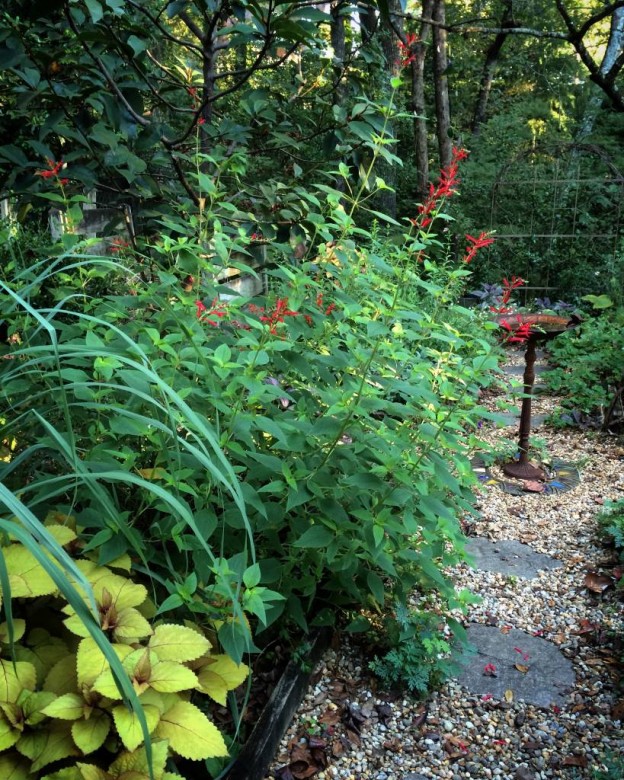
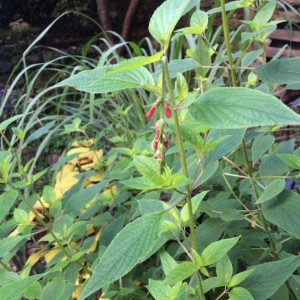
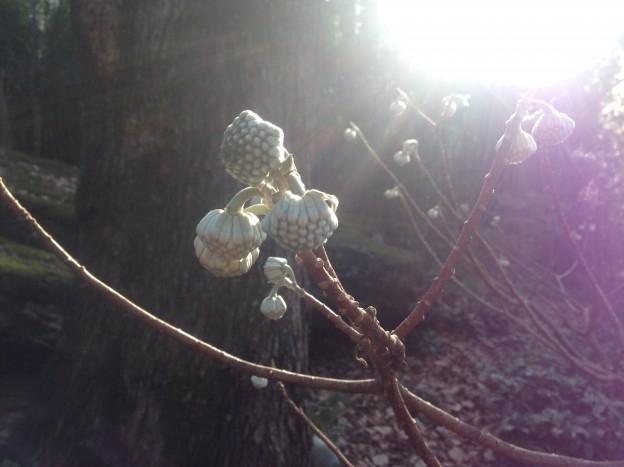


















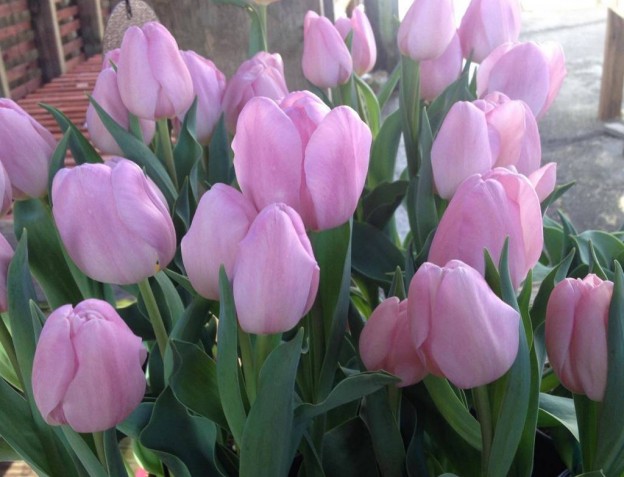
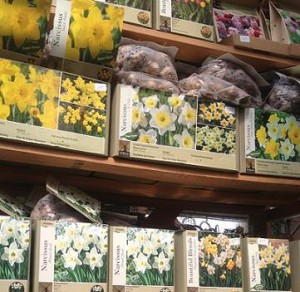
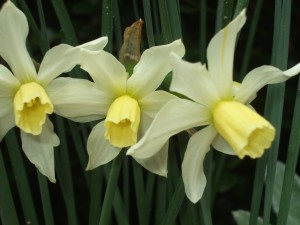
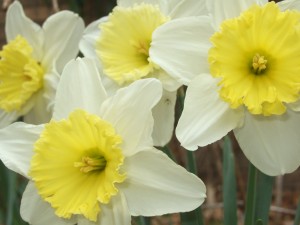
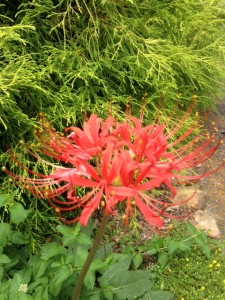
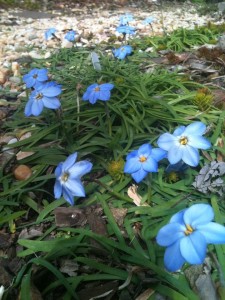

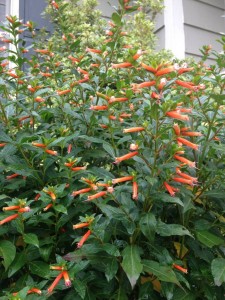
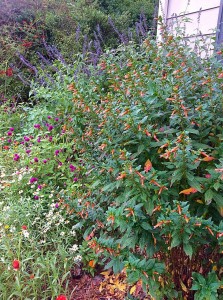 I will cut it back some if it gets too “leggy” looking in my front bed. You can alleviate this problem by placing it behind mid-height annuals like angelonia, some salvias, gomphrena, or even foliage plants like sun caladiums or coleus. So, get out in your garden and scout out a place that’s sunny, protected and within easy sight lines and try at least one cuphea so you can watch the hummers zinging by too. You won’t be sorry!
I will cut it back some if it gets too “leggy” looking in my front bed. You can alleviate this problem by placing it behind mid-height annuals like angelonia, some salvias, gomphrena, or even foliage plants like sun caladiums or coleus. So, get out in your garden and scout out a place that’s sunny, protected and within easy sight lines and try at least one cuphea so you can watch the hummers zinging by too. You won’t be sorry!